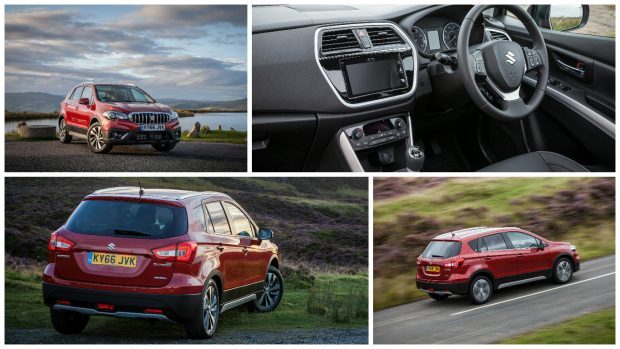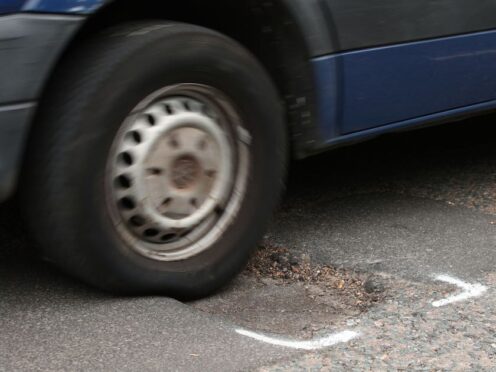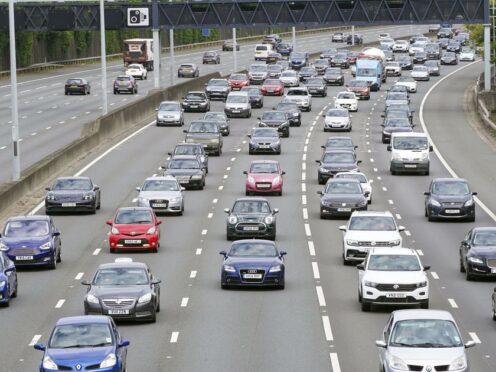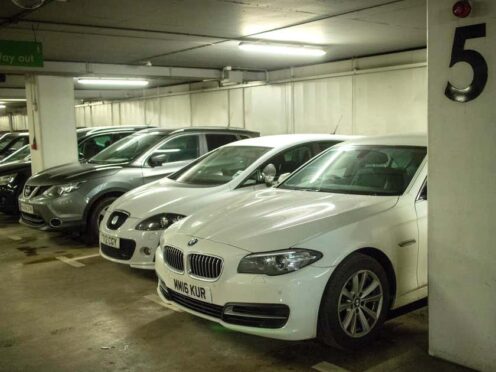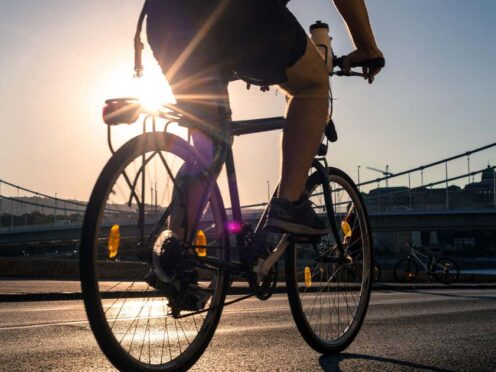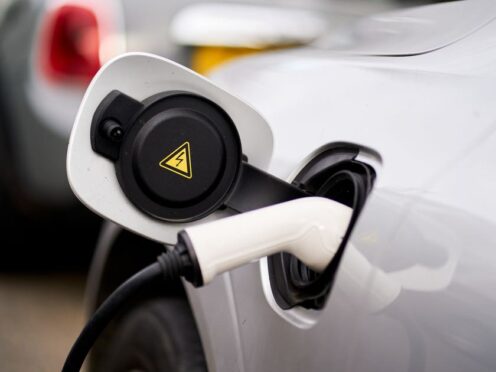Suzuki offers two compact crossover models to buyers. This is the more sensible one, the much improved S-Cross.
It’s a car that straddles the mainstream part of this market segment, pitched somewhere between a Nissan Juke and a Nissan Qashqai in size.
This enhanced S-Cross gets a more efficient range of engines, a sharper look and various equipment upgrades.
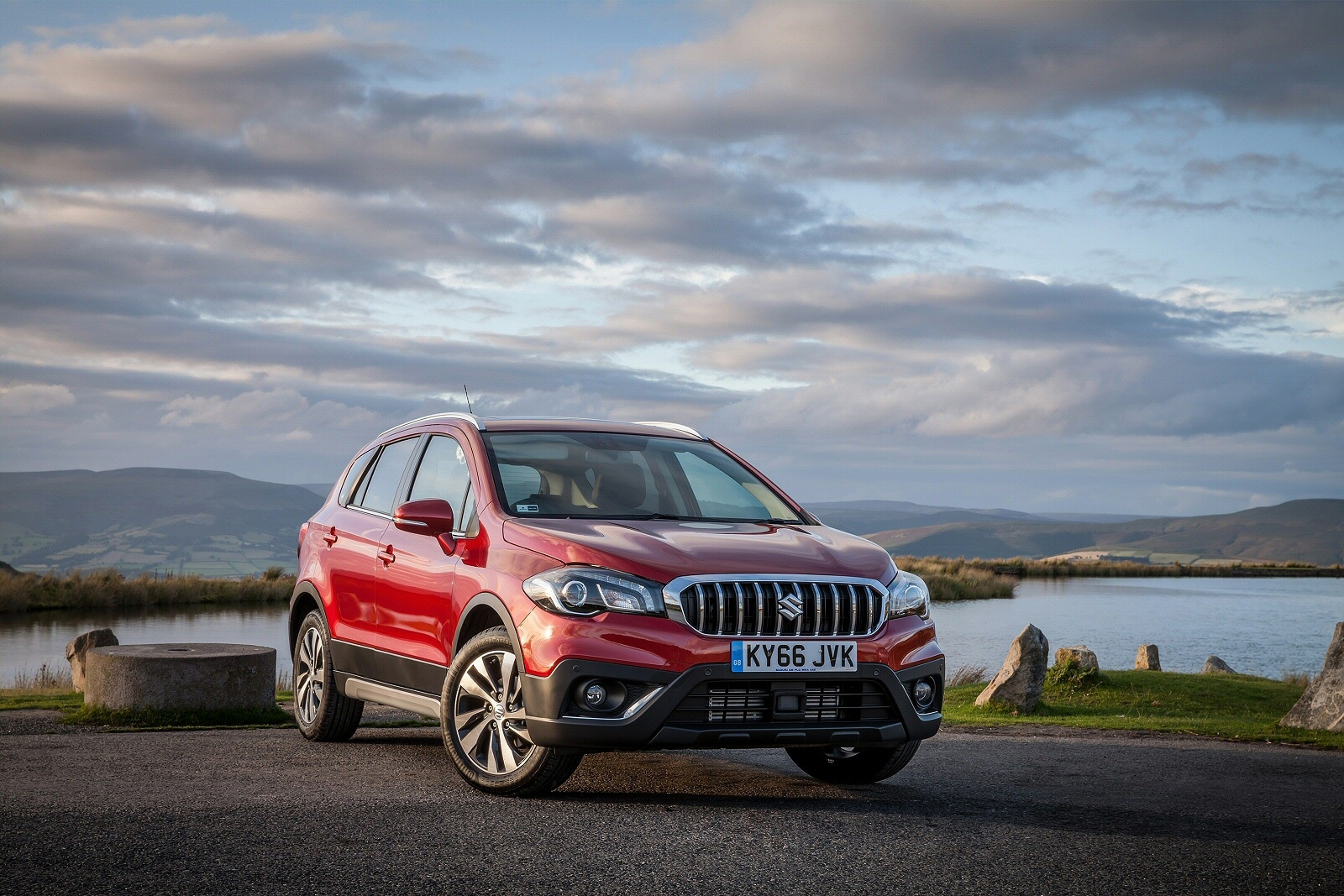
People bought the original version of this car because it was relatively cheap – but it was only really affordable in a 1.6-litre petrol guise that condemned you to a thrashy, relatively inefficient engine. That’s been sorted now.
In place of that old 118bhp 1.6, Suzuki now offers S-Cross buyers its Boosterjet petrol technology – either a 109bhp 1.0-litre three cylinder unit or a 138bhp 1.4-litre four cylinder powerplant.
Even the 1.0-litre variant’s 125lb/ft torque figure is more pulling power than could be mustered by the old 1.6 and, of course, it’s much more efficient.
There are no changes on the diesel side, so it’s the same 118bhp 1.6-litre DDiS VGT unit that was offered before, available with a five-speed manual gearbox as standard, with a twin clutch auto transmission also offered.
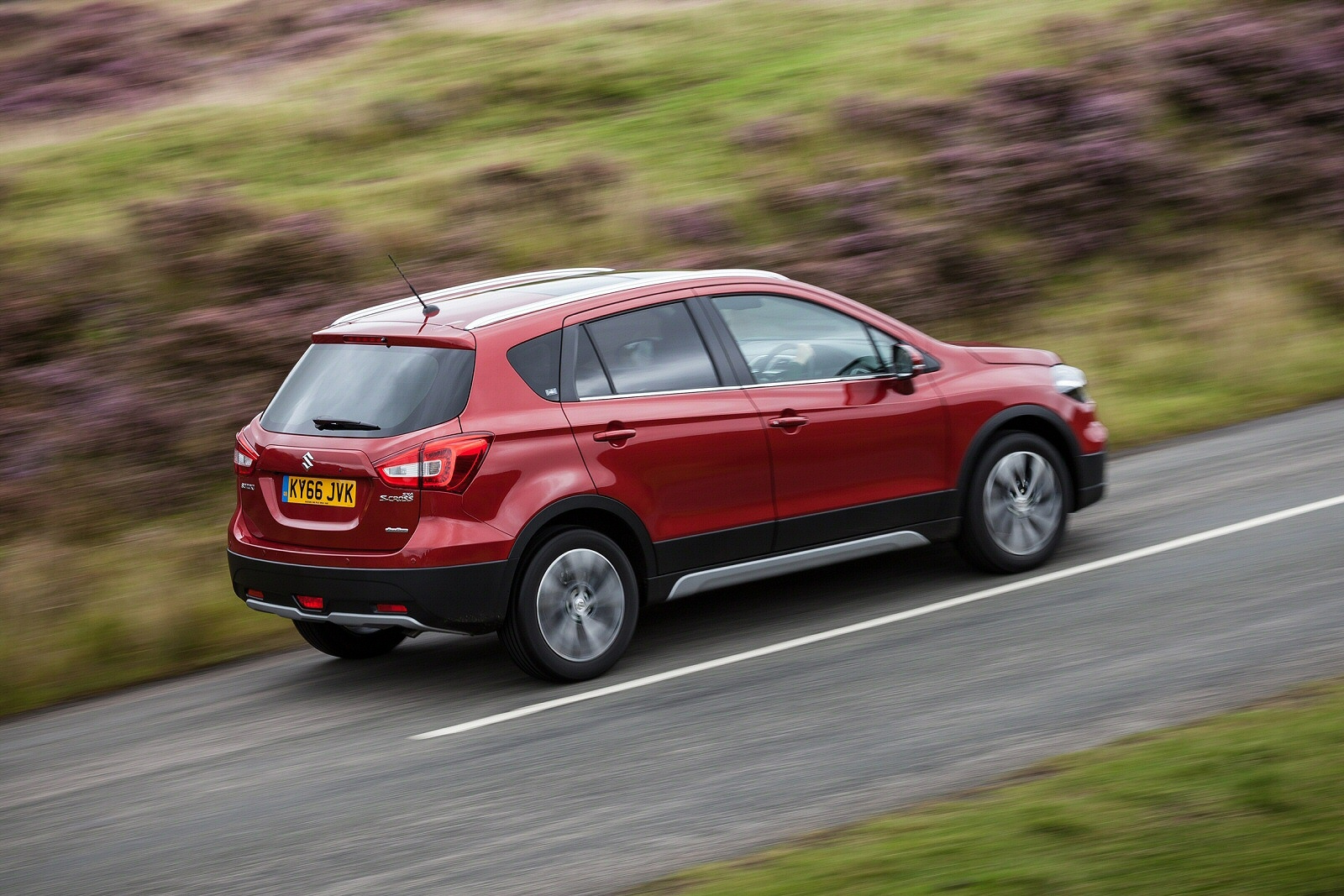
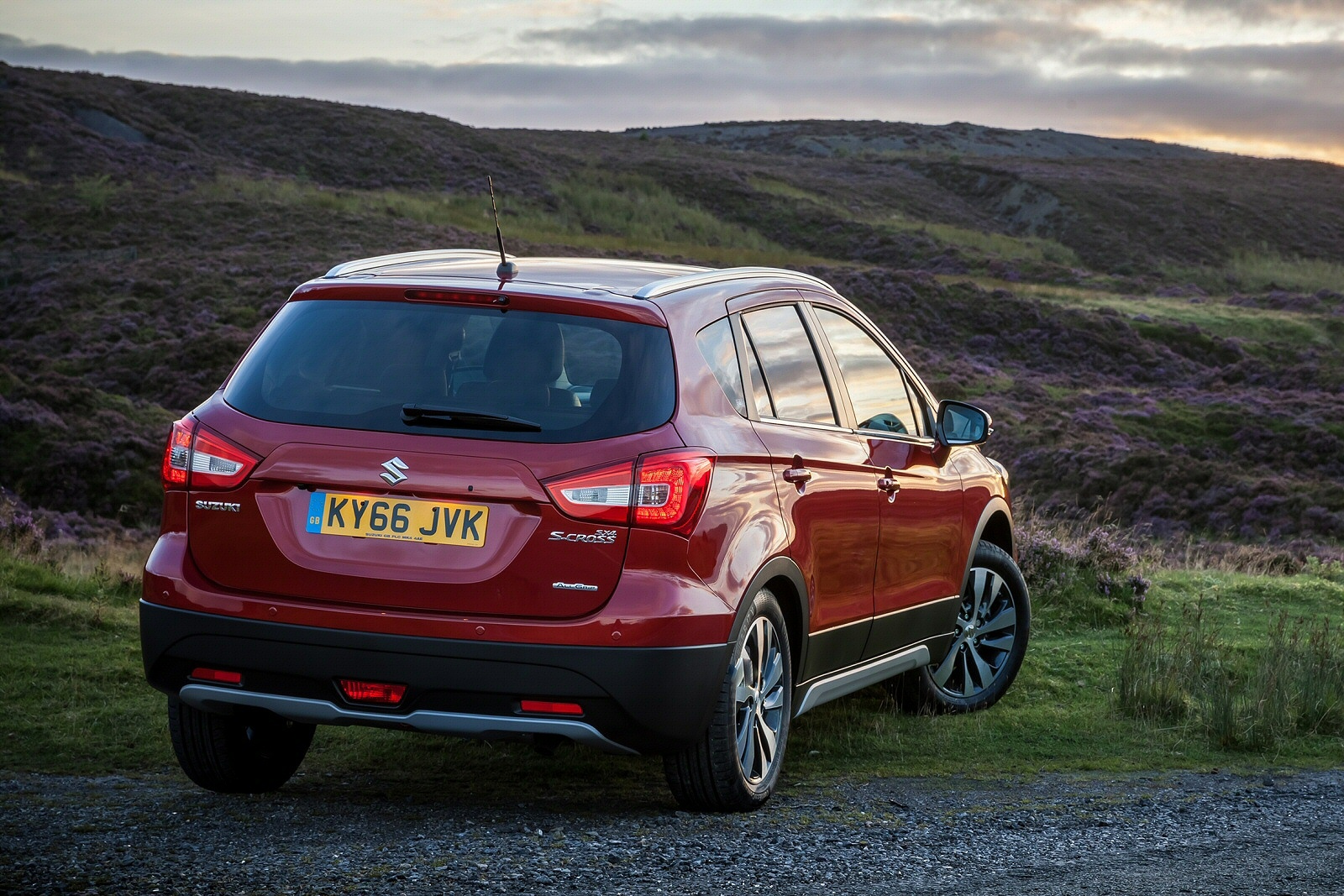
Suzuki has set the S-Cross up to ride fairly softly and that’s a good thing on roads like ours, but they’ve also managed to include a respectable amount of roll stiffness, which means you won’t encounter lurching when cornering.
This revised S-Cross model gets what Suzuki hopes is more distinctive front end styling.
Ground clearance is now slightly higher at 180mm (it was 165mm before) and smarter headlamps, along with redesigned LED rear combination lamps, help provide a sharper look. Overall, though, the exterior styling sticks to the established class template with very few surprises.
The sharply rising waistline, big headlights and chunky C-pillars are nicely executed but there’s still little about the exterior of the S-Cross that will grab your attention.
In size, this Suzuki remains within a few millimetres of the Nissan Qashqai and clever packaging inside has made it feel just as spacious. There’s also decent headroom front and rear and plenty of shoulder width in the back, although seating three adults would be a pinch.
The interior feels well screwed together, although some of the materials are still a bit scratchy. Overall, it’s an inoffensive but not unpleasant piece of design.
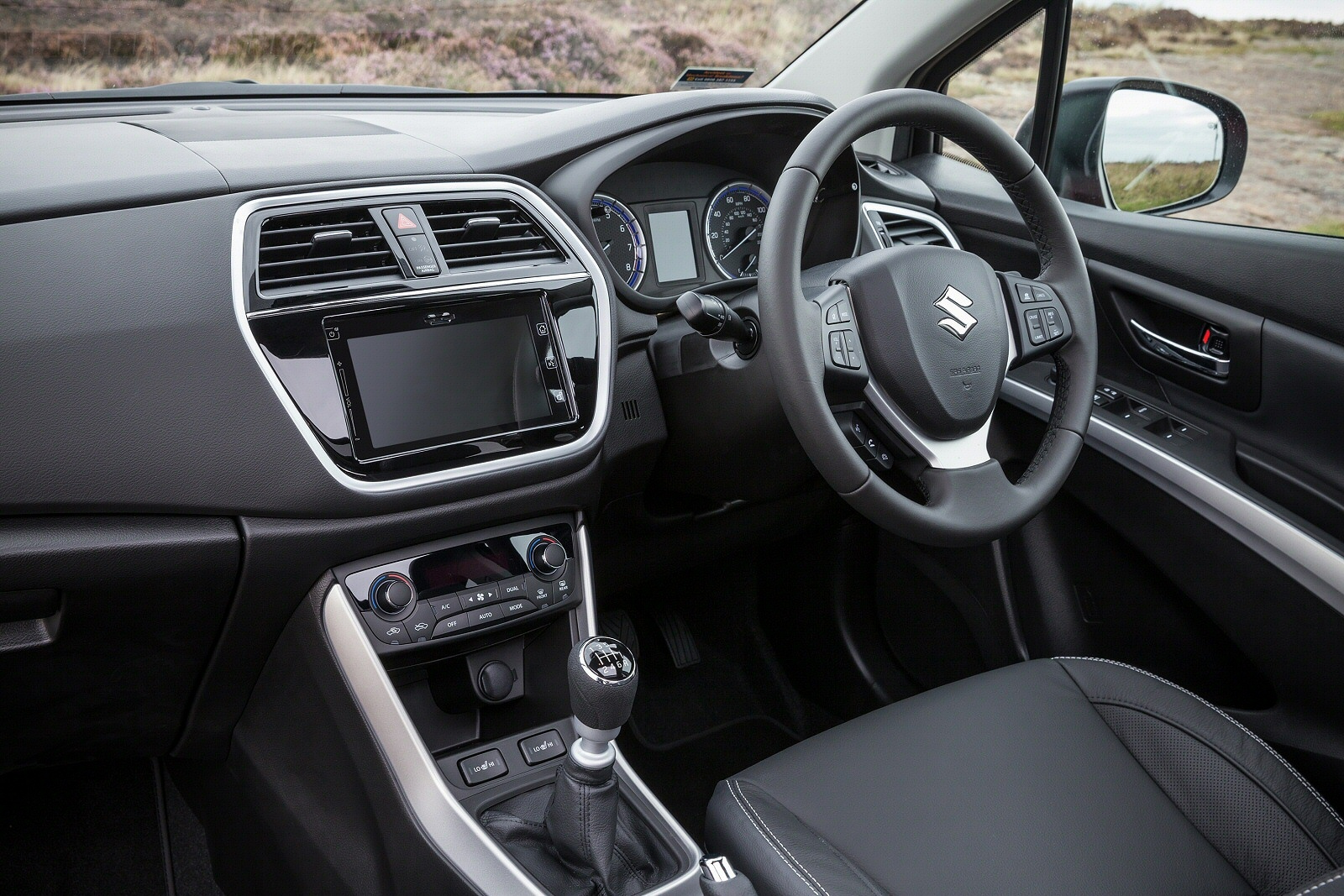
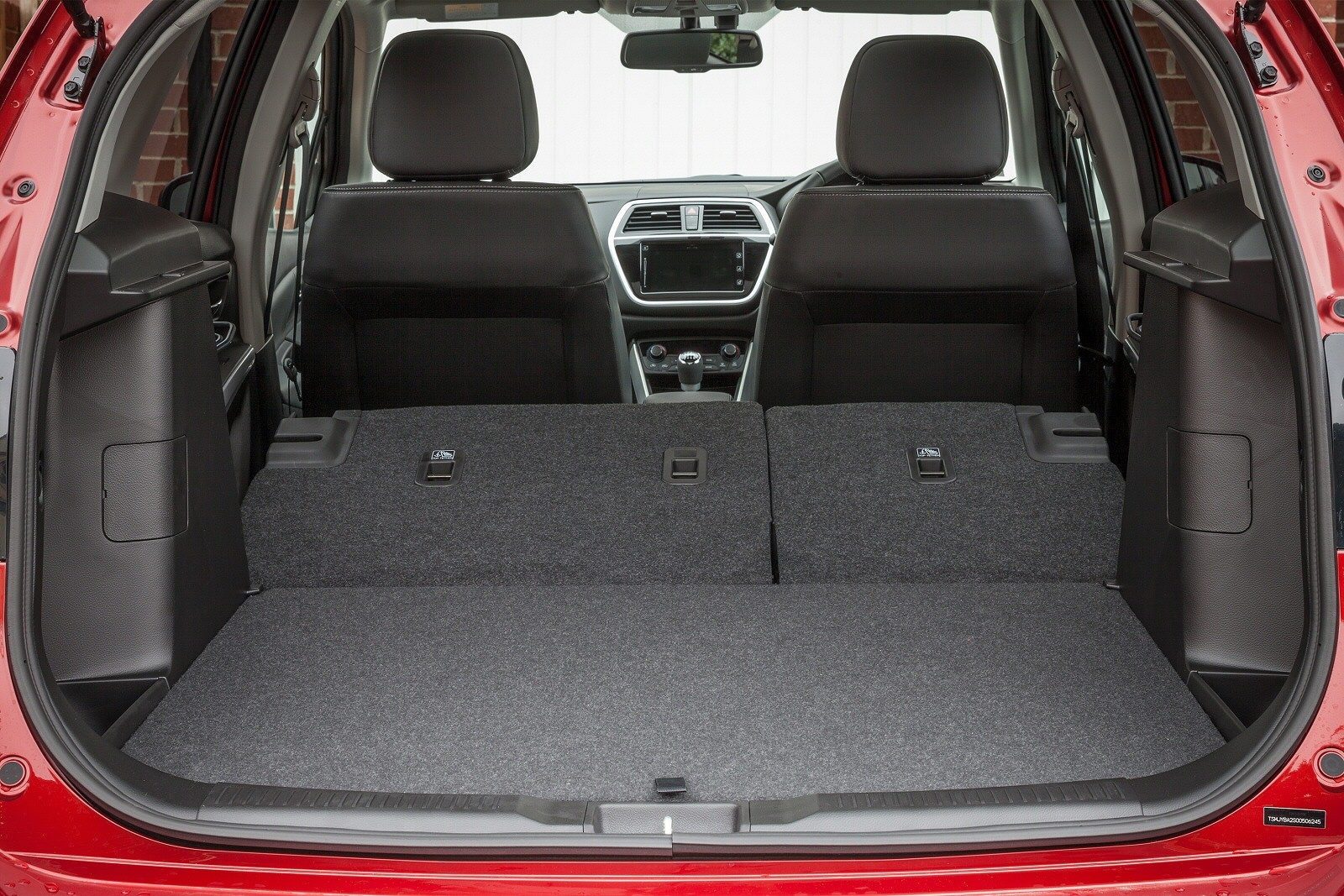
The 430-litre boot compares well with its key rivals and the false boot floor ensures a totally flat load bay when the rear seats are folded. The huge double-sliding panoramic glass sunroof fitted to the top SX5 model does rob a few centimetres of headroom though.
The petrol-powered side of the S-Cross line-up has certainly been rejuvenated in efficiency terms.
The 1.0-litre Boosterjet engine offers 9% more torque than the outgoing 1.6-litre petrol together with 11% lower CO2 emissions and 10% improved combined fuel consumption.
The 138bhp 1.4-litre Boosterjet engine is 4% more economical than the old 1.6-litre unit, despite being 17% more powerful and offering 41% more torque.
The 1.6 DDiS diesel model’s figures remain as before, so 67.3mpg on the combined cycle and 110g/km of CO2 for the 2WD variant.
This Suzuki should also be economical to run when fitted with optional ALLGRIP 4WD.
CO2 emissions for the Boosterjet petrol engine with manual transmission are rated at 119g/km for the 1.0-litre and 127g/km for the 1.4-litre. The optional automatic transmission equipped 1.4-litre model is only one gram higher. The S-Cross with 1.6-litre DDiS engine and ALLGRIP has a figure of 114g/km.
If you don’t have a ‘lifestyle’ family but would rather like a ‘lifestyle’ car of the compact crossover kind, then by all means try an S-Cross. We think you’d probably like it.
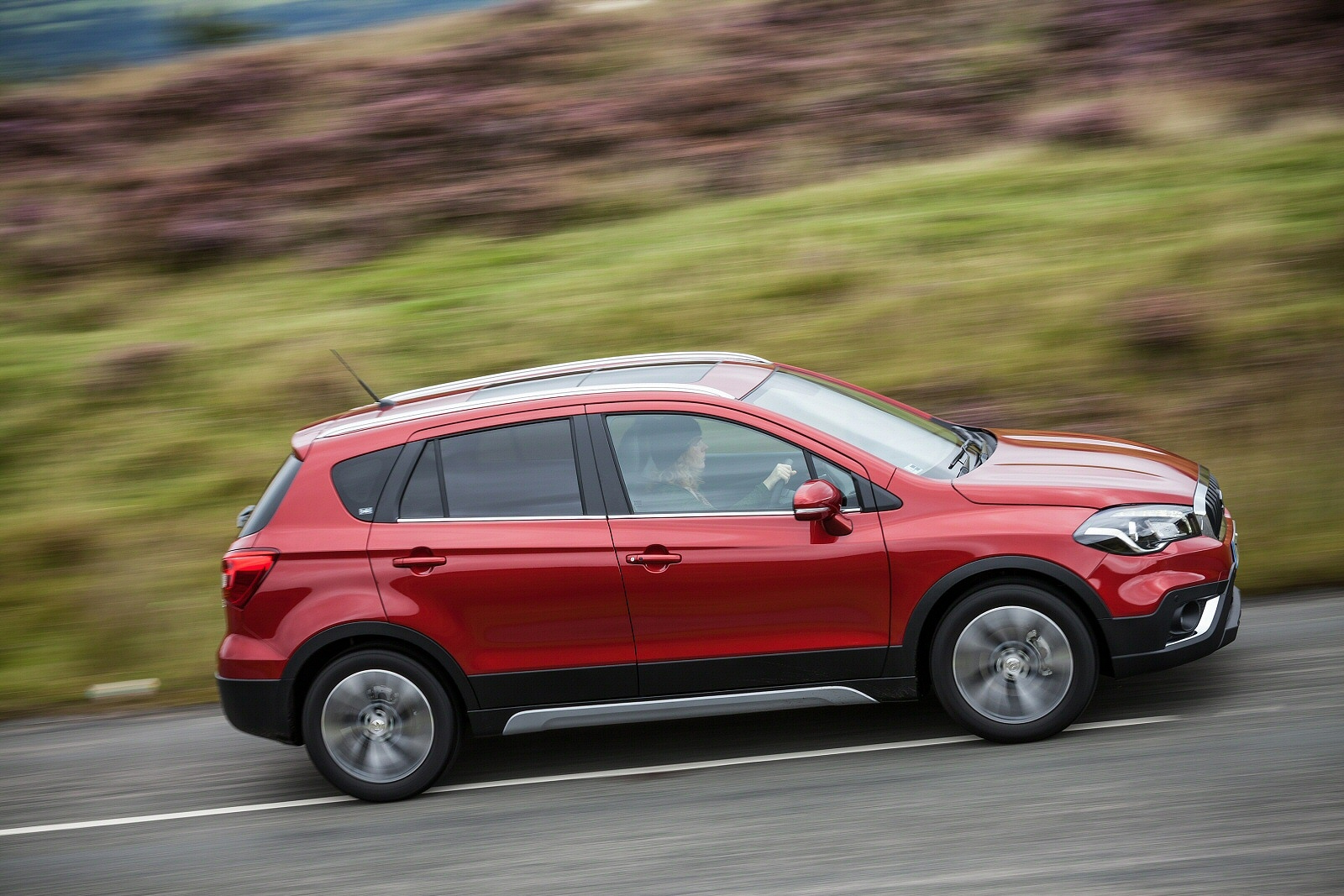
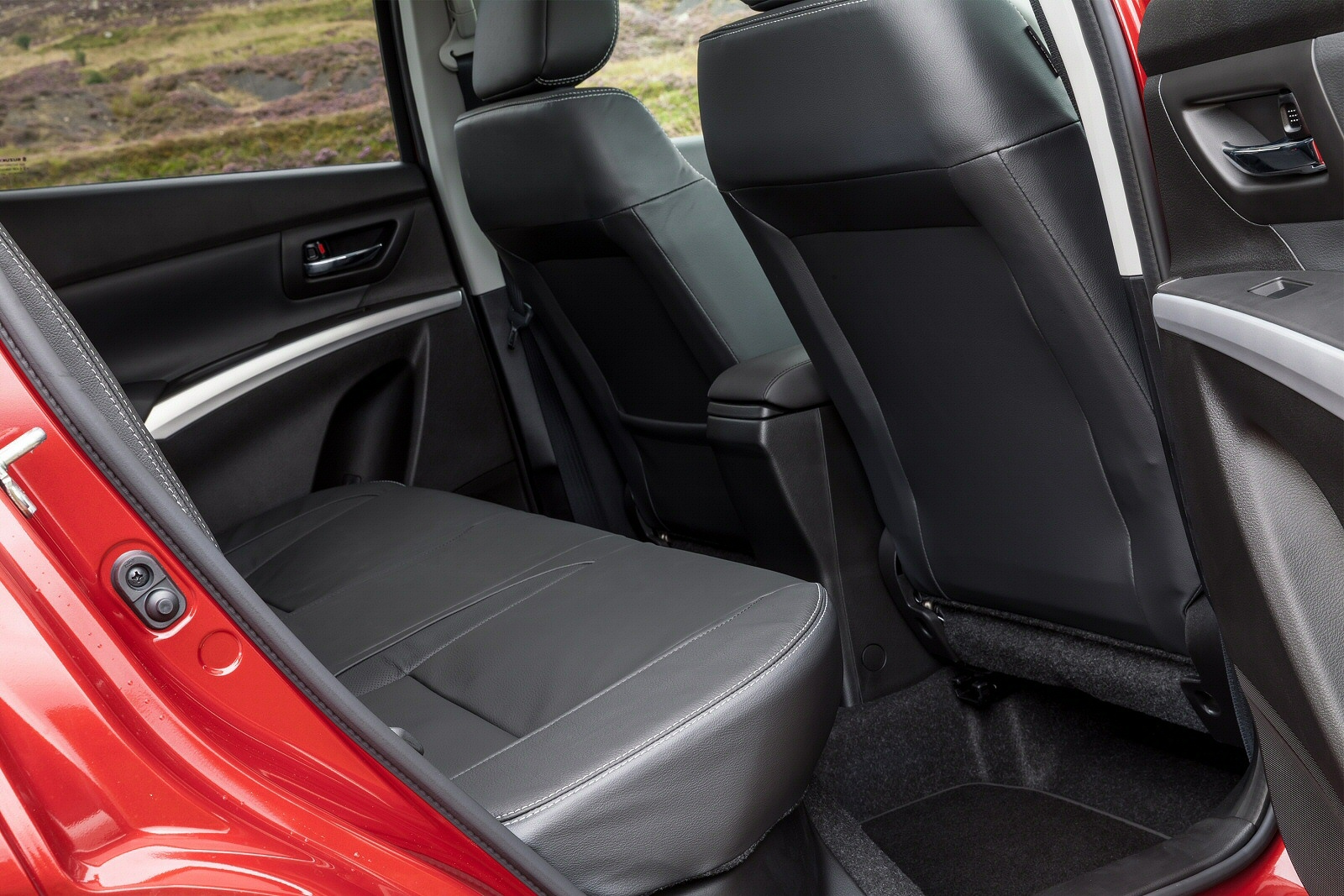
True, the motoring magazines may well tell you of other Qashqai-class crossovers they prefer – but inspect the fine print when it comes to comparably-sized models and you’ll almost certainly find that all of these will cost you significantly more, an important consideration when you’ve to feed, clothe and holiday with increasingly demanding offspring.
Of course, it’s worth stretching up to something better if that something offers a more practical, efficient alternative.
The question is though, whether the rival crossovers that shade this Suzuki in terms of handling, cabin ambience or total luggage space are really worth paying so much more for.
Spend some time with an S-Cross and you may well conclude that they aren’t.
It’d be nice if 4WD and diesel power were more affordable options, but then that’s an issue with so many cars in this class, more obvious choices than this one but, as we’ve suggested, not necessarily better for it. So yes, make sure you try this Suzuki if you’re shopping in this segment.
Perfect for families without being just a ‘family car’? That sums this Suzuki up rather well.
THE FACTS
Model: Suzuki S-Cross
Engine: 109bhp 1.0-litre three cylinder and 138bhp 1.4-litre four cylinder petrol units, or 118bhp 1.6-litre diesel
Transmission: Five-speed manual as standard or twin clutch automatic
Economy: 67.3mpg (1.6-litre diesel)
CO2 emissions: 110g/km (1.6-litre diesel)
